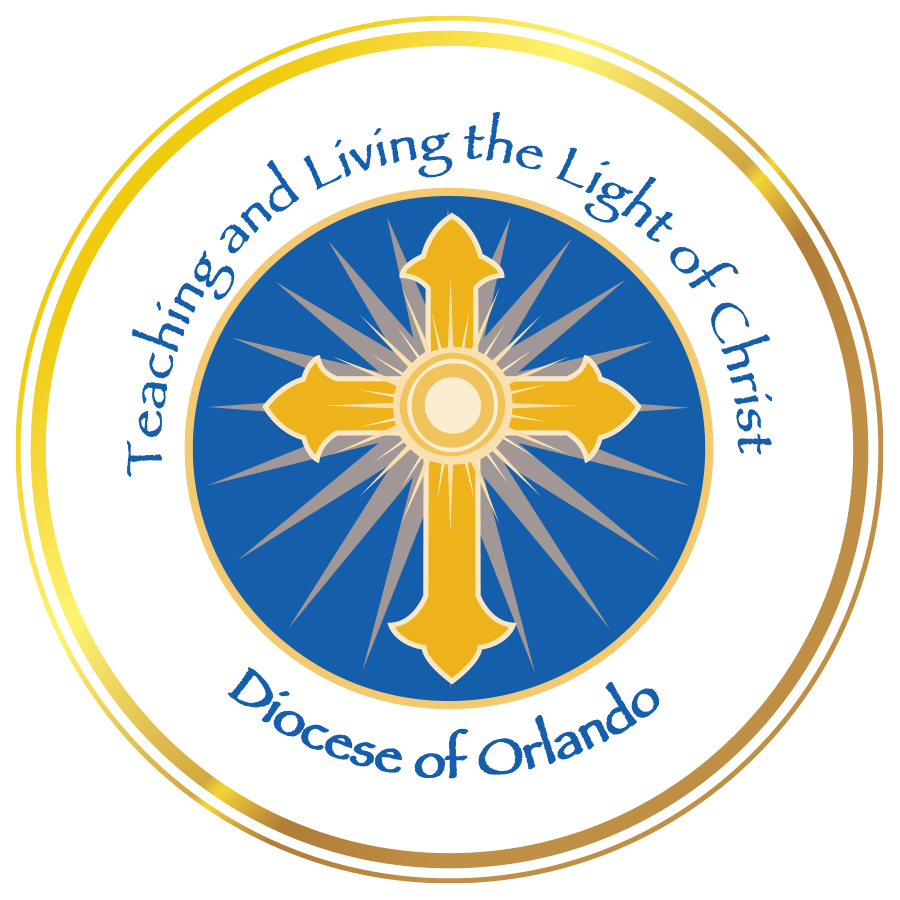MELBOURNE | When 50 students clamored for a spot in Ascension Catholic School’s Chess Club, Lillie Switanek was surprised. Their interest and the fact the school is on the Space Coast prompted her to gather a committee of parents to explore ideas on how to provide more STEM activities for the students.
One parent, Mercedes Zuk, brought up the idea of Space Day. She helped bring the event to life at another school. After sharing videos of the activities, Switanek, the school’s licensed clinical social worker, was convinced they had to do it. She took the helm and rallied parents, parishioners, clergy and space industry employees.
The crew put together a half day of fun activities illustrating different types of rockets, how to determine
if a launch is a go or not, how a Tesla coil works, and a Faith and Science Forum where students learned how both are intertwined.
Switanek shared her desire for a launch simulation and NASA employee Paul Kuracz exceeded her expectations. He created an Astronaut Launch Crew that included weather and trajectory protocols showing the parameters that stop a launch. The students had to decide if launch could move forward. They had a countdown, launch director and student astronauts.
Andrew, a third-grader, is really into rockets. He said Estes rockets are the best “because it’s fun to watch them go way higher than the stomp rockets.” He said he learned scientists need different rockets for different missions, depending on what they want to send into space.
Savanna, a fifth-grader, was fascinated by the Tesla coil. “It was very interesting, learning that you can power anything from far away,” she said. She also liked watching the purple flashes of electricity.
A highlight was the Faith and Science Forum. “It was important for students to hear from people in top level positions that walk out their faith and work within NASA or other engineering firms in the space industry,” Switanek said.
Father Zachary Parker served as moderator and helped expose students to the wonder of God’s creation.
“The children were able to ask questions about science, faith, life, and the mysteries of the cosmos,” he said. “It was a beautiful experience to watch awe blossom within them.”
Amelia, an eighth-grader, found the forum inspiring. “I got to figure out jobs I wasn’t aware of and how they relate to faith,” she said. The story of panel member Crystal Jones particularly peaked her interest. Jones, a NASA employee, said she had a poor life growing up and she didn’t even think of God.
“During her job she discovered God and how He created such an amazing world,” said Amelia, who never imagined someone in a job outside the Church would make that connection.
Auggie, a sixth-grader, shined when panel participant, Robert Katz of World Innovation Network asked, “How is the Hubble Telescope more of a time machine than a telescope?” Auggie quickly explained, “If a star is seven light years away from the Hubble, that means it’s going to take seven years for the light to reach the Hubble. So, when that light reaches the Hubble, Hubble is seeing the star seven years in the past.”
Switanek said the event highlights the value of community coming together — the school and parish community, priests, parents, and that of the surrounding industry. She hopes this is the seed of future STEM club development and looks forward to making Space Day an annual event.
Please click here to watch a video on the event.
By Glenda Meekins of the Florida Catholic staff, April 25, 2024
